Jim Souhan: What should the Vikings do with the No. 24 pick -- keep it or trade it?
Published in Football
MINNEAPOLIS — The Vikings have the 24th pick in the draft with which to supplement a strong roster.
What should they do?
I’m not going to throw out a bunch of names. When you pick that low in the first round, and don’t need a starting quarterback, predictions are worthless.
But there are scenarios worth exploring. Here are three:
Stay and take best player available
This is generally the best philosophy, although there are circumstances that could make other approaches effective. (More on that in the next segment.)
The old scouting saying is that need is a terrible evaluator. If you think you need a safety, you can talk yourself into overvaluing and overrating the safeties available to you. It’s human nature.
The best example of this in Vikings history was the team’s selection of South Carolina speedster Troy Williamson with the seventh pick in the 2005 draft.
The Vikings talked themselves into believing that Williamson was worthy of a pick that high because they had just traded Randy Moss and received the seventh pick in exchange for him. So they went looking for someone who could replace Moss’ speed.
The problem was that Williamson couldn’t do anything else Moss could do. He lacked Moss’ leaping ability, body control, hands, savvy, route-running and cutting ability.
Because the Vikings drafted for need and talked themselves into a player who wasn’t worth a third-round pick, they wound up not filling their need, and not filling any others.
If one player on the Vikings’ draft board is better than all of the others, they need to take that player — as the Vikings did when they selected Moss with the 21st pick in 1998, even though they already had Cris Carter and Jake Reed.
Trade down
There is a specific scenario in which the Vikings should trade down: If, when they’re on the clock at 24, they have a number of players at the top of their draft board rated similarly.
Former Vikings General Manager Rick Spielman taught me two lasting lessons about the draft. One, I agreed with. One, I didn’t.
The one I agreed with? Ranking players in tiers. Let’s say the Vikings have two guards, a safety, a cornerback and a defensive lineman all rated on the same tier when they’re on the clock. Then they should trade down, but only far enough down that they have confidence they can still land one of the players on their top tier.
The other lesson I learned from Spielman? Amassing lower-level picks rarely was worth the effort. So current Vikings GM Kwesi Adofo-Mensah shouldn’t bother. He’s done enough good worth acquiring veterans through free-agent signings and trades that he doesn’t need to acquire extra picks for the sake of acquiring extra picks.
Move up?
There have been thousands of mock drafts released in the last four months, and there has been little consensus about who the Vikings will choose in the first round.
Few have suggested that, with their dearth of picks, they should be packaging those few picks to move up in the first round.
This is where the Vikings need to keep the Best Player Available philosophy front of mind.
While it wouldn’t seem logical for a team with four picks in the draft to move up in the first round, there may be reason to do so.
One great player is more valuable than two decent players. If a player the Vikings have rated as a future star falls to the middle of the first round, the Vikings should make the move.
Reminder: Every draft, in retrospect, is filled with busts and disappointments. A bust or even an average NFL player chosen with a high draft pick eats up salary cap space and a roster spot.
The Vikings would have been better off passing on the pick they used to select Lewis Cine than taking him, paying him and keeping him on the roster for two seasons.
If a player the Vikings love falls far enough, the Vikings should go get him.
____
©2025 The Minnesota Star Tribune. Visit at startribune.com. Distributed by Tribune Content Agency, LLC.
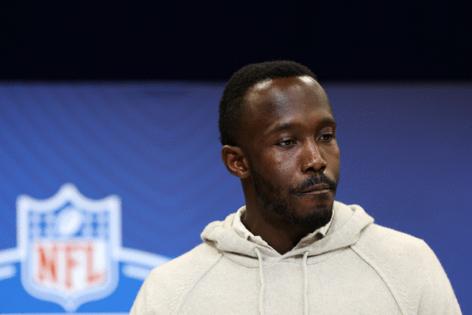

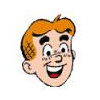
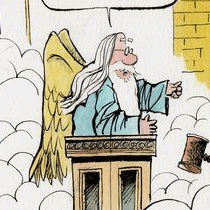

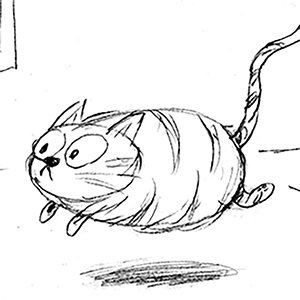
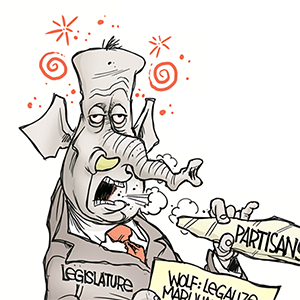
Comments